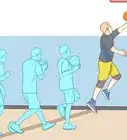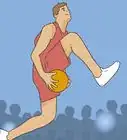This article was co-authored by Ryan Tremblay. Ryan Tremblay is a Basketball Coach and the Owner of National Sports ID and STACK Basketball. With over 30 years of experience, Ryan specializes in basketball coaching, social media marketing, and website design. Ryan created the National Sports ID as a platform to verify the age/grade of youth athletes and STACK Basketball to inspire young athletes to grow into mature individuals and basketball players. Ryan was a First Team All-Decade basketball player in Bergen County and finished in the top 20 all-time leading scorers in the county’s history with 1,730 points. He went on to Caldwell University on a basketball scholarship where he was part of three championship teams. Ryan was a two-time All-Metropolitan, All-State, and All-Conference point guard and the all-time three-point leader in the school’s history, landing him in the Caldwell University Athletic Hall of Fame.
There are 7 references cited in this article, which can be found at the bottom of the page.
This article has been viewed 80,896 times.
Dunking is a coveted skill in basketball. If you really want to grab the crowd’s attention, a smooth windmill dunk will do the trick. Not everyone can accomplish this difficult maneuver, and it will take lots of practice to learn how to do it correctly. Your hard work will be worth it, however, if you are successful.
Steps
Executing the Basic Windmill Dunk
-
1Jump in the air. Like all dunks, a windmill requires you to jump high. Start a windmill dunk by approaching the basket while dribbling, then jump toward it as high as you can.[1]
-
2Hold onto the ball with one hand. One of the distinctive features of a windmill dunk is that it is executed with one hand. As you jump in the air, you must take the ball with you in your dominant hand.[2]Advertisement
-
3Rotate your arm. While jumping in the air and holding onto the ball with one hand, swing your fully extended arm around in a circular motion. This movement should be smooth and even, like a windmill going around.[3]
-
4Dunk the ball in the basket. As your extended, rotating arm approaches the basket, slam the ball in the basket. This should happen as quickly and smoothly as possible. After the ball goes in, return your arm to a normal position as you hit the ground.[4]
Improving Your Technique
-
1Build your strength. High jumping is essential for doing a windmill dunk, so train to build strength in your legs and lower body, especially your calves, quads, and glutes.[5] Squats, lunges, hamstring curls, and leg presses are all good exercises to try for this purpose.[6]
- To improve your jump height and leg strength, try wearing strength shoes, which are shoes with a platform in them, while you do plyometric exercises like high knees, butt kicks, and sprints.[7]
-
2Improve your vertical movement. Whether or not you are tall, you will have to have excellent upward movement in order to do a windmill dunk. Strength and ability combine to make powerful jumps. Try doing skips, squat jumps, and toe raises as practice to improve your ability to launch yourself upwards.[8]
- If you are a shorter or average sized player, dunking can be difficult, though not necessarily impossible. Practice jumping, and work with a coach to determine if dunking is within your reach.
-
3Use a dunk calculator. If you need help figuring out how high you need to jump in order to make a dunk, try using a dunk calculator. Enter in your height, the rim height, and extra height for the dunk itself to calculate how high you need to jump in order to dunk the ball. You can then use this information in order to practice achieving the jump height you need.[9]
-
4Jump with one foot. Some players prefer to do dunks by jumping with two feet. However, you may be able to achieve your maximum jump height more easily if you jump with one foot while reaching upwards with your arm. Jump with your non-dominant foot and keep the ball in your dominant hand. For example, a right handed player will jump with the left foot while rotating the right arm.[10]
-
5Use your other hand for balance. If your jumping or dunking feels unsteady, you may need more balance in the air. As you jump to make the windmill dunk, hold your non-dominant arm either at your side or up in the air. Experiment with each position to see which one gives you better balance.[11]
-
6Practice jumping without a ball. Before attempting a windmill jump, you can practice leaping toward the basket with empty hands. This allows you to get a sense of your maximum height, and to practice the basic movements. Jump upwards and rotate your arm just as you would if you were holding a ball, until the movement feels balanced and fluid.[12]
-
7Practice with smaller balls. Holding onto a full-sized basketball while learning to do a windmill dunk can be difficult. In order to build your familiarity with the move, you can try dunking a smaller ball (such as a tennis ball or mini basketball) until you feel confident jumping and rotating your arm. Then, move on to practicing with a full-sized basketball.[13]
Trying Variations
-
1Do a 360 windmill dunk. Once you’ve mastered the basic windmill dunk, you can try some variations on the technique. A popular move is the 360 windmill dunk. To do this, spin your body in a 360 degree turn as you dunk the ball in the basket, windmill-style.[14]
-
2Try a reverse windmill dunk. Another popular and challenging variation on the basic windmill dunk is to try it backwards. Unlike a regular windmill dunk, you perform this move by holding onto the ball with both hands. Jump while facing away from the basket and bring the ball down toward your chest with both hands. Once you are up near the basket, rotate the ball behind your head (using both hands) and dunk it into the basket.[15]
-
3Invent other variations. You can develop your own personal style of windmill dunking, once you are familiar with the technique. Be creative and combine a windmill dunk with other dunking and dribbling techniques. For instance, you could work with another play to try an alley-oop windmill dunk.[16]
Expert Q&A
Did you know you can get expert answers for this article?
Unlock expert answers by supporting wikiHow
-
QuestionHow can I jump higher to dunk a basketball?
 Ryan TremblayRyan Tremblay is a Basketball Coach and the Owner of National Sports ID and STACK Basketball. With over 30 years of experience, Ryan specializes in basketball coaching, social media marketing, and website design. Ryan created the National Sports ID as a platform to verify the age/grade of youth athletes and STACK Basketball to inspire young athletes to grow into mature individuals and basketball players. Ryan was a First Team All-Decade basketball player in Bergen County and finished in the top 20 all-time leading scorers in the county’s history with 1,730 points. He went on to Caldwell University on a basketball scholarship where he was part of three championship teams. Ryan was a two-time All-Metropolitan, All-State, and All-Conference point guard and the all-time three-point leader in the school’s history, landing him in the Caldwell University Athletic Hall of Fame.
Ryan TremblayRyan Tremblay is a Basketball Coach and the Owner of National Sports ID and STACK Basketball. With over 30 years of experience, Ryan specializes in basketball coaching, social media marketing, and website design. Ryan created the National Sports ID as a platform to verify the age/grade of youth athletes and STACK Basketball to inspire young athletes to grow into mature individuals and basketball players. Ryan was a First Team All-Decade basketball player in Bergen County and finished in the top 20 all-time leading scorers in the county’s history with 1,730 points. He went on to Caldwell University on a basketball scholarship where he was part of three championship teams. Ryan was a two-time All-Metropolitan, All-State, and All-Conference point guard and the all-time three-point leader in the school’s history, landing him in the Caldwell University Athletic Hall of Fame.
Basketball Coach
References
- ↑ http://www.allaboutbasketball.us/basketball-wiki/variations-of-basketball-dunks.html
- ↑ http://www.allaboutbasketball.us/basketball-wiki/variations-of-basketball-dunks.html
- ↑ http://www.howcast.com/videos/499820-how-to-do-a-windmill-dunk-basketball/
- ↑ http://www.allaboutbasketball.us/basketball-wiki/variations-of-basketball-dunks.html
- ↑ Ryan Tremblay. Basketball Coach. Expert Interview. 13 November 2020.
- ↑ http://www.usab.com/youth/news/2011/06/how-to-dunk-a-basketball.aspx
- ↑ Ryan Tremblay. Basketball Coach. Expert Interview. 13 November 2020.
- ↑ https://www.coachup.com/resources/basketball/basketball-training-increase-your-ve
- ↑ http://www.dunkcalculator.com/
- ↑ http://www.usab.com/youth/news/2011/06/how-to-dunk-a-basketball.aspx
- ↑ http://www.usab.com/youth/news/2011/06/how-to-dunk-a-basketball.aspx
- ↑ http://www.usab.com/youth/news/2011/06/how-to-dunk-a-basketball.aspx
- ↑ http://www.usab.com/youth/news/2011/06/how-to-dunk-a-basketball.aspx
- ↑ http://www.allaboutbasketball.us/basketball-wiki/variations-of-basketball-dunks.html
- ↑ http://www.howcast.com/videos/499884-how-to-do-a-reverse-windmill-basketball/
- ↑ http://www.allaboutbasketball.us/basketball-wiki/variations-of-basketball-dunks.html
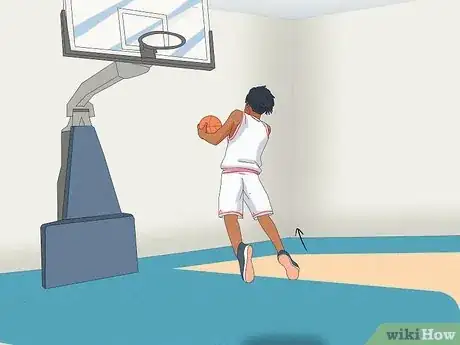
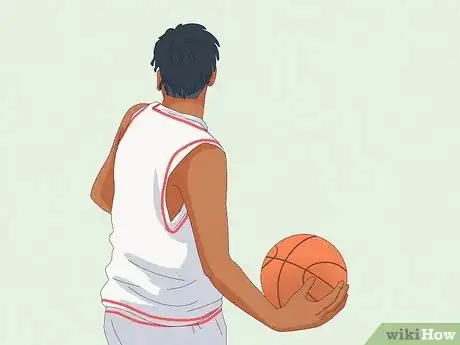
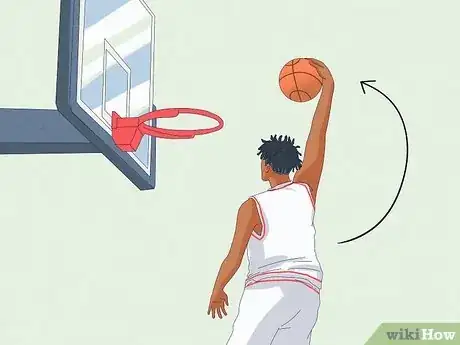
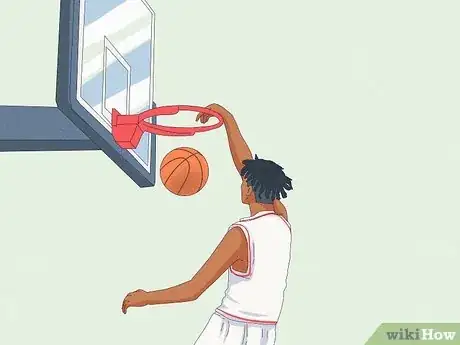


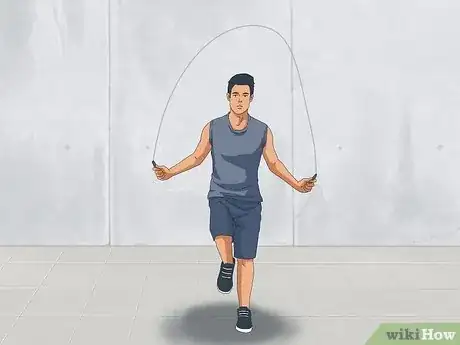
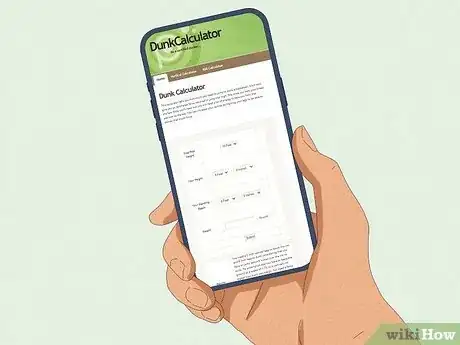
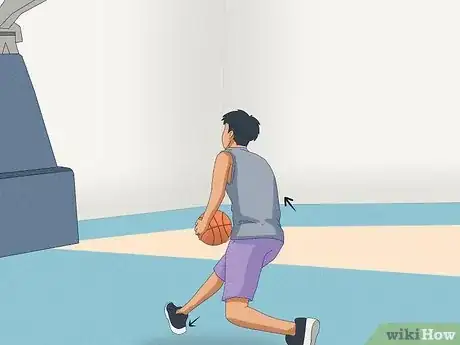
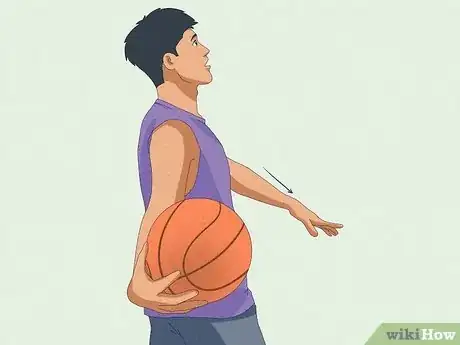
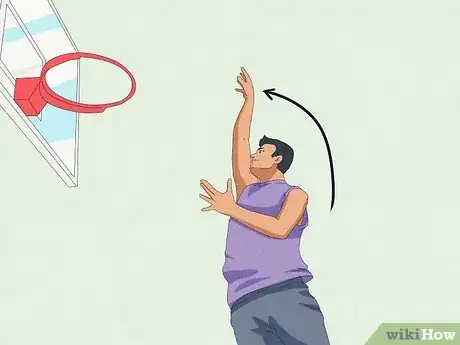
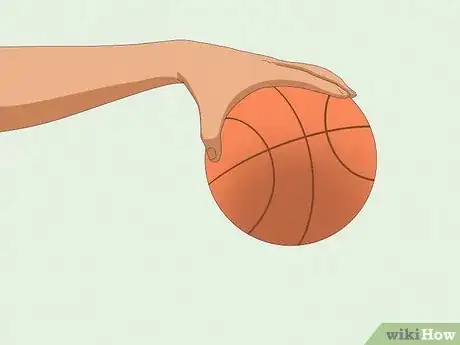
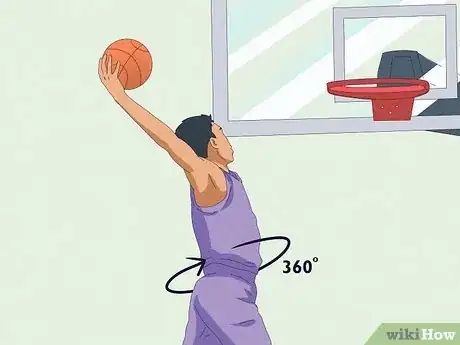
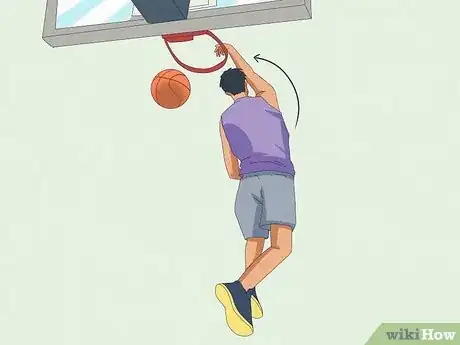

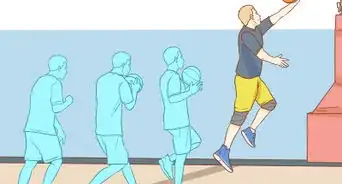
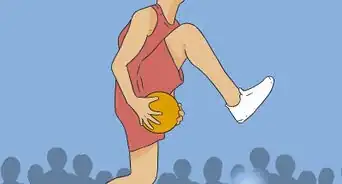
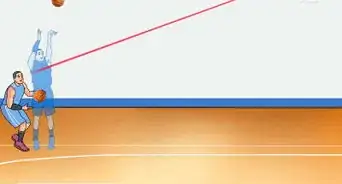
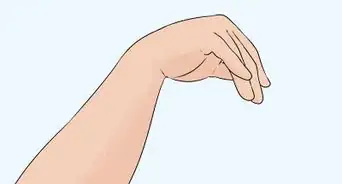

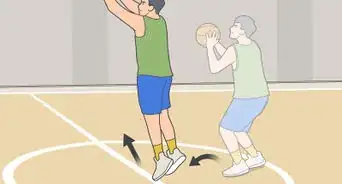
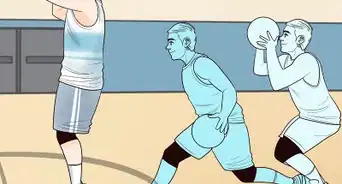
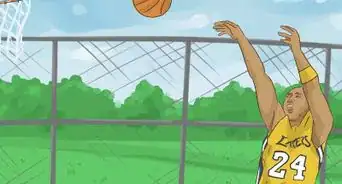
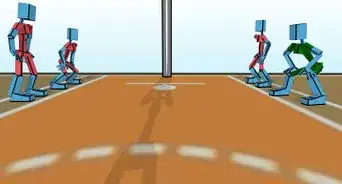
-Step-13.webp)









